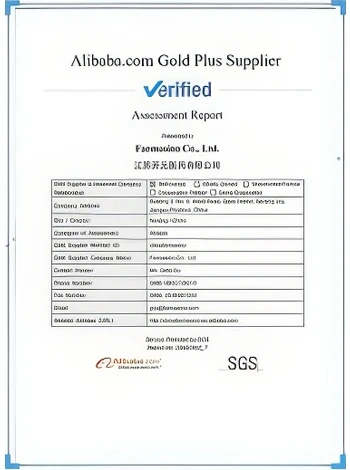



aqueous lead nitrate
Aqueous Lead Nitrate Properties, Uses, and Safety Considerations
Aqueous lead nitrate, chemically represented as Pb(NO₃)₂, is the water-soluble salt of lead and nitric acid. This compound plays a significant role in various chemical processes and applications, making it essential to understand its properties, uses, and safety considerations.
Properties of Aqueous Lead Nitrate
Lead nitrate is a white crystalline solid that dissolves easily in water, forming a clear, colorless solution. In its anhydrous form, it can absorb moisture from the atmosphere to form a hydrated compound. Aqueous lead nitrate is characterized by its high solubility, with about 120 grams dissolving in one liter of water at room temperature. The solution exhibits a sweet taste, which, while not recommended for consumption, is notable among chemists.
In terms of chemical behavior, lead nitrate is considered an oxidizing agent and can participate in various chemical reactions, including precipitation and complexation reactions. When heated, it decomposes to lead oxide, nitrogen dioxide, and oxygen, highlighting its potential as a source of reactive nitrogen species in certain conditions.
Uses of Aqueous Lead Nitrate
Aqueous lead nitrate finds application in several fields, particularly in the production of pigments, where it is used to create colors such as lead chromate. Additionally, it serves as a precursor in the synthesis of lead-based compounds, including lead sulfide and lead iodide, which are utilized in various industrial applications.
aqueous lead nitrate

In analytical chemistry, lead nitrate is employed in titrations and various qualitative tests due to its ability to react with halides, producing insoluble lead salts. It also plays a role in materials science, where it contributes to the development of glasses and ceramics that require specific optical or mechanical properties.
Moreover, aqueous lead nitrate is sometimes used in the treatment of wastewater, where it can help precipitate heavy metals, removing them from solutions
. However, the environmental implications of lead compounds call for careful management and regulation.Safety Considerations
Despite its versatile uses, the toxicity of lead is a primary concern when handling lead nitrate. Lead is a known environmental pollutant and poses serious health risks, including neurological and developmental issues, particularly in children. Aqueous lead nitrate should be handled with extreme caution in well-ventilated areas, using appropriate personal protective equipment (PPE) such as gloves, safety goggles, and lab coats.
Disposal of aqueous lead nitrate must adhere to local regulations regarding hazardous waste, emphasizing the importance of responsible management to minimize environmental impact. Proper training and awareness are vital for individuals working with lead compounds to prevent exposure and contamination.
In conclusion, aqueous lead nitrate is a compound with significant chemical properties and various applications in industrial and analytical chemistry. However, its toxic nature necessitates strict safety protocols and responsible usage. Understanding both the benefits and risks associated with lead nitrate is crucial in harnessing its potential while safeguarding human health and the environment. As research continues to explore alternatives to lead-based compounds, awareness and education remain paramount in the chemical community.
-
Why Sodium Persulfate Is Everywhere NowNewsJul.07,2025
-
Why Polyacrylamide Is in High DemandNewsJul.07,2025
-
Understanding Paint Chemicals and Their ApplicationsNewsJul.07,2025
-
Smart Use Of Mining ChemicalsNewsJul.07,2025
-
Practical Uses of Potassium MonopersulfateNewsJul.07,2025
-
Agrochemicals In Real FarmingNewsJul.07,2025
-
Sodium Chlorite Hot UsesNewsJul.01,2025










